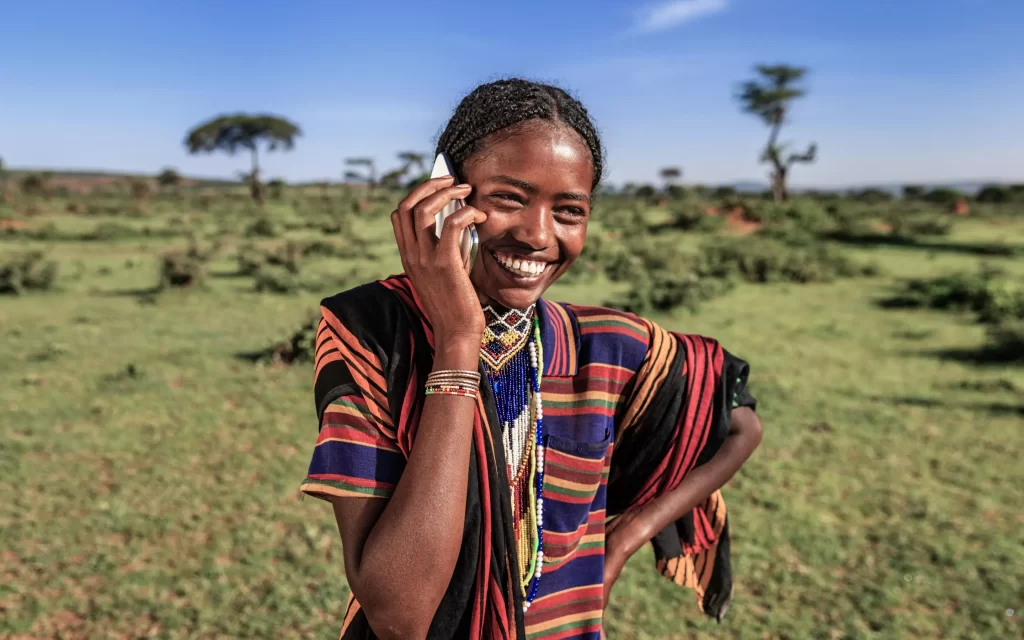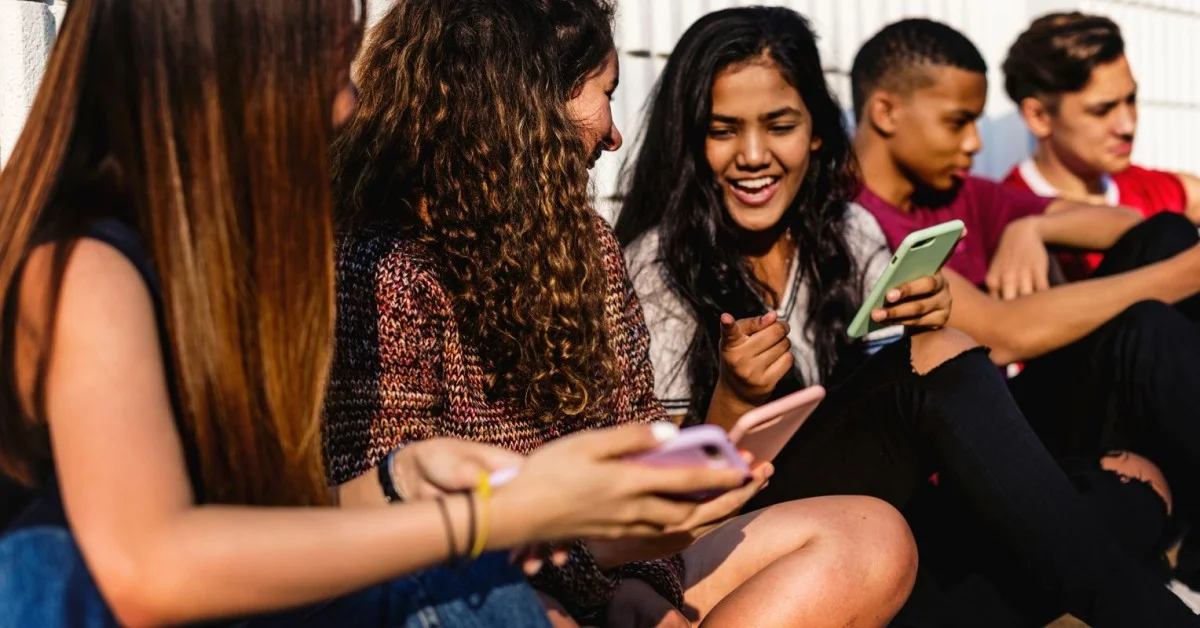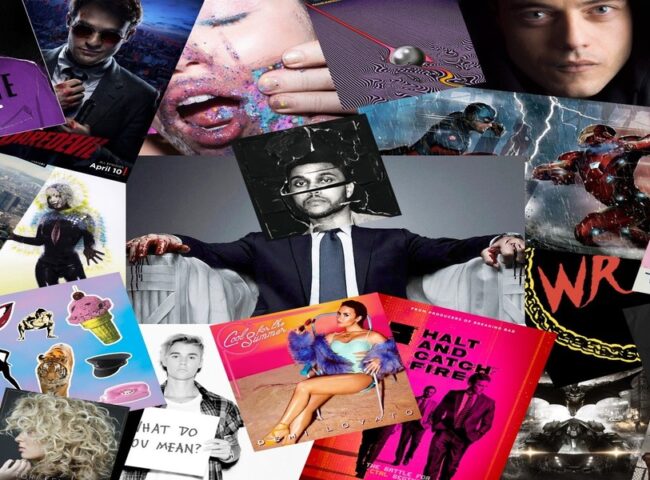In today’s digital age, social media has transformed into a powerful platform that influences and shapes various aspects of our lives. From connecting with friends and family to influencing consumer behavior and even sparking social change, social media has become an integral part of our daily routine. However, along with its undeniable benefits, social media also presents a unique set of challenges and viral trends that individuals, businesses, and society at large must navigate. In this comprehensive guide, we will delve into the world of social media challenges and viral trends, exploring their impact, significance, and strategies to leverage or overcome them.
Challenges in the Social Media Landscape

1. Misinformation and Fake News: The rapid spread of false information can have serious consequences, such as influencing elections, public health decisions, and social attitudes. Misinformation can be unintentional due to misunderstandings or intentional for propaganda purposes. Social media platforms often struggle to effectively identify and curb the spread of misinformation without infringing on freedom of expression.
2. Privacy Concerns: Users may not fully understand the extent to which their data is being collected and used by social media platforms. Data breaches can expose sensitive information, leading to identity theft and fraud. The lack of transparency in data practices by some platforms contributes to these privacy concerns.
3. Cyberbullying and Harassment: The anonymity provided by social media can embolden individuals to engage in hurtful behavior they might not exhibit in face-to-face interactions. Cyberbullying and online harassment can have severe psychological effects on victims, sometimes even leading to tragic outcomes.

4. Addiction and Mental Health: Social media platforms are designed to keep users engaged, often leading to addictive behavior. Constant notifications and the need for validation through likes and comments can negatively impact mental health, contributing to feelings of inadequacy and anxiety.
5. Echo Chambers and Polarization: Algorithms that prioritize content based on user preferences can lead to users being exposed to only certain viewpoints. This reinforces existing beliefs and prevents exposure to diverse perspectives, contributing to societal polarization and making constructive dialogue more difficult.
6. Online Disinhibition: The digital distance on social media can lead to a disconnect between online actions and their real-world consequences. This disinhibition can lead to aggressive behavior, online feuds, and offensive comments that individuals might not engage in offline.

7. Digital Divide: Not everyone has access to high-speed internet or devices necessary to participate in social media. This digital divide can exacerbate existing inequalities, limiting opportunities for education, networking, and social participation.
8. Impact on Relationships: Excessive use of social media can reduce face-to-face interactions, potentially weakening personal relationships and leading to feelings of isolation. The focus on presenting a curated online persona can hinder genuine and authentic connections.
9. Time Management and Productivity: The constant influx of information and notifications on social media can disrupt concentration and productivity. People may find it challenging to manage their time effectively and prioritize important tasks.

10. Impersonal Communication: Communication on social media lacks nonverbal cues, facial expressions, and tone of voice, potentially leading to misunderstandings and misinterpretations. This can hinder the development of meaningful relationships.
11. Pressure to Conform: The desire for likes, comments, and followers can encourage individuals to conform to trends or present a distorted image of themselves online. This pressure can lead to authenticity issues and contribute to low self-esteem.
12. Short Attention Spans: The constant scrolling and rapid content consumption on social media platforms can train individuals to have shorter attention spans, which can affect their ability to engage deeply with complex topics or tasks.
To address these challenges, individuals can adopt responsible and mindful social media use, fact-check information before sharing, and prioritize face-to-face interactions. Social media platforms can implement better content moderation, transparent data practices, and features that encourage constructive discussions. Governments and regulatory bodies can play a role in enforcing privacy standards and holding platforms accountable for harmful content. Additionally, media literacy education is crucial to help users critically evaluate information and navigate the digital landscape effectively.
Viral Trends
Viral trends are phenomena that quickly gain widespread popularity and attention on social media platforms or the internet as a whole. These trends can take various forms, including challenges, memes, videos, hashtags, and more. They often capture the collective imagination of users and spread rapidly through likes, shares, retweets, and other forms of engagement.

1. Challenges:
Challenges often involve a specific action or task that users are encouraged to perform and share. The popularity of challenges can be fueled by the sense of participation and camaraderie they create among users. For instance, the “Mannequin Challenge” was a trend where people froze in place like mannequins while a camera moved around them, creating captivating scenes.
2. Memes:
Memes are cultural symbols or ideas that spread rapidly through visual or textual content. They can take the form of images, GIFs, or text, often accompanied by humorous or relatable captions. The “Distracted Boyfriend” meme, featuring a man checking out another woman while his girlfriend looks on disapprovingly, is an example of a widely recognized meme.
3. Hashtags:
Hashtags are used to categorize and group content on social media platforms. When a hashtag gains traction and becomes popular, it can lead to the viral spread of related content. The #MeToo movement, which shed light on the prevalence of sexual harassment and assault, gained widespread attention and support through the use of this hashtag.

4. Dance and Lip Sync Challenges:
Platforms like TikTok have popularized dance challenges where users replicate choreography to a specific song. These trends often require creativity and skill, contributing to their appeal. The “Renegade Challenge” on TikTok is an example of a dance trend that went viral.
5. Viral Videos:
Short, captivating videos that evoke strong emotions or showcase impressive feats can go viral quickly. The video of a Scottish grandmother’s hilarious attempt to say “purple burglar alarm” gained widespread attention for its humor and accent.
6. User-Generated Content Campaigns:
Brands may launch campaigns that encourage users to share content related to a particular theme or product. The ALS Ice Bucket Challenge, where participants poured ice water over themselves to raise awareness for amyotrophic lateral sclerosis (ALS), is a notable example of a successful user-generated campaign.

7. Influencer and Celebrity Participation:
When influencers or celebrities participate in a trend, their large following can amplify its reach. For instance, when a celebrity shares a personal story or supports a cause, it can spark widespread discussions and engagement.
8. News and Current Events:
Viral trends can also stem from discussions around significant news events or cultural moments. For example, memes and viral content often emerge in response to political debates, awards shows, or viral news stories.
9. Nostalgia and Retro Trends:
Nostalgic content that harks back to previous decades or evokes memories from the past can strike a chord with audiences. Retro video game challenges, for instance, often gain popularity among fans of classic games.

10. Challenges for Social Causes:
Viral trends can be harnessed to raise awareness for important social issues. The “Blackout Tuesday” movement, where users posted black squares on social media to stand in solidarity against racial injustice, was a widespread example of using a viral trend for social change.
11. DIY and Life Hacks:
Content that offers practical tips, life hacks, or creative DIY projects can capture people’s interest and provide valuable information. “Life hack” videos, demonstrating clever and efficient ways to solve everyday problems, have become popular.
12. Internet Challenges:
Internet challenges often involve unique, creative, or unusual tasks that users attempt to complete and share. The “In My Feelings Challenge,” where participants danced alongside a moving car to Drake’s song “In My Feelings,” is an example of an internet challenge that gained widespread attention.
In the digital age, viral trends can arise from a multitude of sources and can spread across platforms and cultures at an unprecedented pace. These trends often reflect the collective creativity, humor, and shared experiences of online communities, while also showcasing the potential for positive change and awareness. However, users should remain critical and responsible when participating in or sharing viral content to ensure that they contribute positively to the online landscape.

Navigating the dynamic landscape of social media challenges and viral trends requires a blend of adaptability, empathy, and strategic thinking. By understanding the mechanisms behind viral content, proactively addressing challenges, and capitalizing on opportunities for positive engagement, individuals and businesses can establish a strong online presence and contribute positively to the digital realm. Remember, the key to success lies in balancing authenticity with strategic intent and fostering a meaningful connection with your online audience.







8 Comments